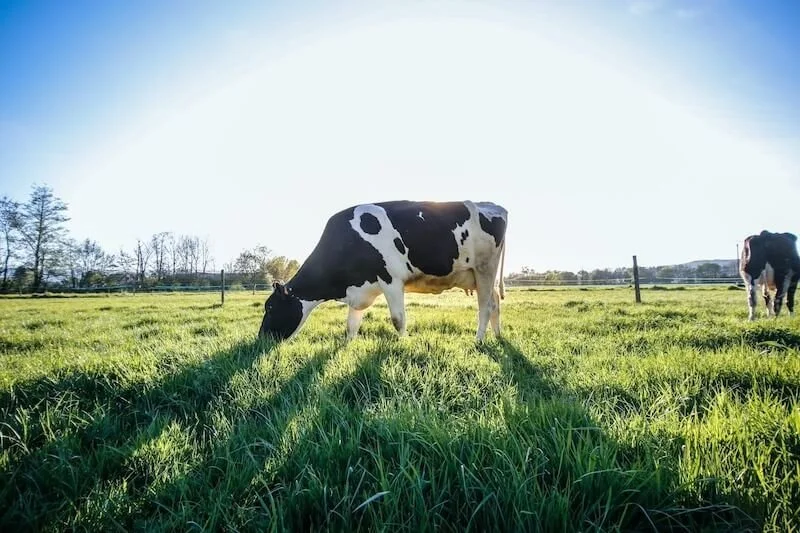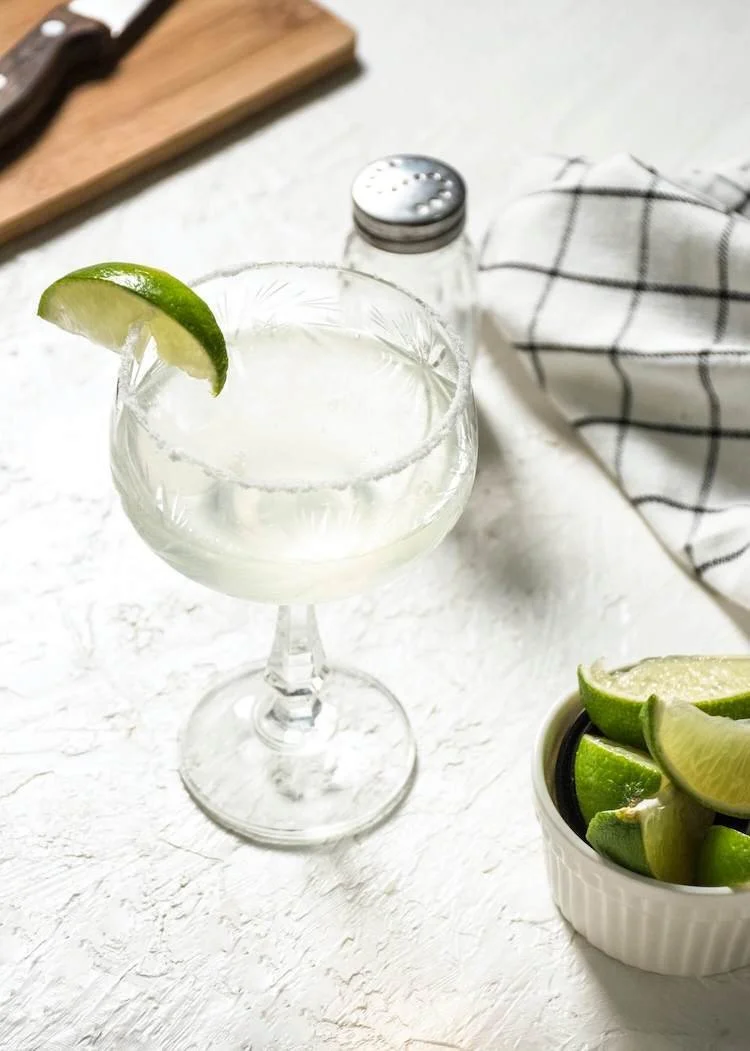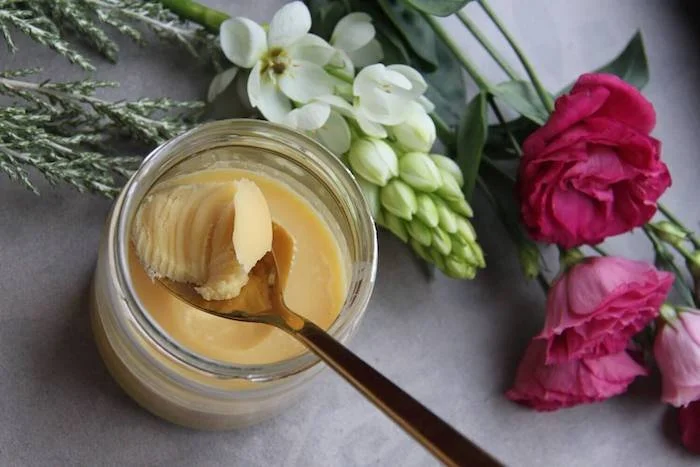The Best Organic Gluten Free Breads for Clean Eating
When it comes to our diets, gluten-free has become a popular term. We hear it a lot these days as it increasingly appears on grocery store shelves and restaurant menus.
Gluten is often associated with bread because gluten is a protein found in wheat, barley, rye, and triticale (a hybrid of wheat and rye), ingredients typically used to make bread.
Pin this gluten free bread guide for clean eating later!
As somebody who is gluten conscious, I know organic gluten free bread can be pretty tricky to find! Luckily there are a few brands leading the way. Let's explore some of the best gluten-free options for organic bread.
We’ll start off with learning a bit about what gluten free bread is and what to look for at the grocery store, then dive into a list of high quality organic gluten free breads.
This post does contain some affiliate links which means The Honest Consumer may receive a commission if you decided to purchase. Our commission is at no additional expense to you!
What is Gluten-Free?
As the term suggests, gluten-free refers to products that are free from gluten.
The term may be found on labels and packaging for food that would normally contain gluten such as bread, pasta, pies, cakes, cookies, cereals, beer, potato chips, and vegetarian meat substitutes.
Gluten is also used as a thickener or binding agent in gravies and soups.
While oats are gluten-free, they may come in contact with gluten-containing products in certain facilities or during storage and transportation.
The gluten-free label thus indicates that ingredients containing little to no gluten have been used or that cross-contamination has been avoided.
If you have a gluten intolerance or sensitivity, keep an eye out for these labels.
It’s also a good idea to familiarize yourself with what foods and ingredients contain gluten and which ones don’t, especially lesser-known or less obvious gluten-containing ingredients such as malt and hydrolyzed vegetable protein.
There are also plenty of naturally gluten-free foods like fruit, vegetables, eggs, and unprocessed meat.
If you need to cut out or cut down on bread and other gluten-containing foods there is a plethora of alternative, gluten-free grains, starches, and gluten-free flours available. These include:
amaranth
arrowroot
buckwheat
flax
millet
nut flours (like almond flour)
quinoa
rice
sorghum
brown rice flour
coconut flour
tapioca
Why Do People Live a Gluten-Free Lifestyle?
People who must follow gluten-free diets are those who have an autoimmune disorder known as celiac disease.
When people with this disorder eat gluten it can trigger immune system activity that damages the lining of the small intestine.
People with celiac disease have a high risk of developing osteoporosis, arthritis, infertility, and neurological problems.
Some people may have a non-celiac gluten sensitivity (NCGS) presenting with some of the signs of celiac disease such as bloating, constipation, or headaches but without it affecting the small intestine.
Gluten ataxia is another autoimmune disorder connected to gluten intolerance. It’s a much rarer condition that attacks the nervous system when ingesting gluten.
While those with celiac and ataxia may need to cut out gluten entirely, people with a sensitivity may just need to restrict their intake.
Those with a wheat allergy need to cut out wheat but may still eat other gluten-containing products.
Gluten-free diets have gained popularity even amongst those who do not have an intolerance or sensitivity due to perceived health benefits such as better weight management, increased energy, reducing inflammation, and improved gastrointestinal health.
However, more research into these diets and foods is required. Furthermore, cutting out gluten unnecessarily can lead to cutting out essential vitamins and nutrients like iron, calcium, and fiber.
Eating whole grains like wheat, barley, and rye can even have health benefits as it’s linked to a lower risk of heart disease, stroke, and diabetes.
Some gluten-free foods also have high sugar and fat content, which can counteract any potential weight loss benefits.
Losing weight when following a gluten-free diet is rather attributed to the fact that you have to say goodbye to conventionally-baked treats like cakes, cookies, and donuts which are loaded with sugar.
If you’re trying to lose weight, but do not have a gluten intolerance or sensitivity, pursuing gluten-free as a dieting option. may not be the answer.
Whether you have a gluten intolerance or sensitivity or are trying to live a healthier, more sustainable lifestyle, the key is to focus on whole foods such as:
fruit
vegetables
unprocessed beans, seeds, legumes, and nuts
eggs
lean, unprocessed meats, fish, and poultry
unflavored, unsweetened, and unprocessed dairy products
When checking labels it’s important to find out not only what has been excluded (e.g. wheat, barely, or rye) but also what has been added.
Added sweeteners, as well as synthetic flavorants and preservatives, in food (whether gluten-free or not) are what consumers need to consider more carefully. If you’re thinking of cutting out gluten, it’s best to consult a health care professional first.
What is Gluten-Free Bread?
If you have established that you need to cut out gluten, you may think one of the first things to go is bread.
But it doesn’t have to be.
You can still eat bread, you just need to ensure it’s made from gluten-free ingredients.
Gluten-free bread products are made from grain and legume flours that are naturally gluten-free like rice, almond, buckwheat, chickpea, sorghum, quinoa, and millet.
It even means you can still bake cookies and cakes.
Gluten-Free Certification
Gluten-free labeling is a must for those with a gluten intolerance or sensitivity because they cannot risk ingesting it.
Various organizations certify gluten-free foods. These include the Gluten-Free Certification Organization (GFCO), BRC Global Standards (BRCGS), and NSF International.
While the FDA requires that food labeled gluten-free contain less than 20 parts per million (ppm) of gluten, GFCO and NSF have set even stricter standards, ensuring the products they certify contain less than 10 and 15 ppm, respectively.
If you want your gluten-free products to be organic too, keep an eye out for USDA certified organic labels.
Read ingredient labels and avoid products loaded with synthetic additives.
When it comes to bread, there are several small, health-conscious, planet-friendly brands to support and you can even have fun in the kitchen baking your own.
Is All Gluten Free Bread Organic?
Not all gluten free bread is organic. Actually certified organic gluten free bread is tricky to find. When you're at your favorite grocery store keep your eyes open for the USDA certified organic label and this can help you identify organic breads.
Organic gluten free breads can be great especially for those avoiding gluten to reduce inflammation as this eliminates the use of pesticides and synthetic fertilizers when growing ingredients.
Organic ingredients and products are also be grown and made without GMOs or the use of synthetic food additives.
4 Best Organic Gluten-Free Breads to Try
If you're ready to find a good bread that is gluten free and made with organic ingredients, here is a list of the best gluten free breads and some of our favorite brands.
Keep your eyes open at your local grocery store to pick up a gluten-free loaf. Some of these can also be ordered online as shopping for gluten free products in grocery stores can be overwhelming.
You're sure to find a clean ingredient list and great taste!
Happy Campers Organic Gluten Free Vegan Bread & Buns
Using organic, sustainable ingredients, Happy Campers aims to make gluten-free eating easy, healthy, and delicious.
Certified organic by the USDA, their bread is baked in a gluten-free facility that is free of cross-contamination from common food allergens like eggs, dairy, rice, potato, soy, corn, tree nuts, and peanuts.
They offer sliced loaves with a variety of flavors and hamburger buns and you can even buy their gluten-free flour mix if you want to bake your own bread.
Their products are vegan, free of added sugar, and can be purchased for around $8.
Food for Life's Gluten Free Products for Bread Lovers
From brown rice bread and exotic black rice bread to raisin pecan and cinnamon raisin, Food for Life offers a delicious variety of gluten-free bread.
Using a slow-bake process, their bread is free from artificial preservatives, shortenings, and refined sugar.
They’re also non-GMO, certified organic by USDA and QAI, NSF-certified, and contain no dairy, casein, or egg products.
While not all of their products are gluten free, they do have a wide range including multiple gluten free bread options, tortillas, and English muffins.
Their products can be purchased from around $5-$10
Young Kobras Best Gluten-Free Sourdough Bread
Free from gluten, as well as dairy, sugar, soy, eggs, and tree nuts, Young Kobras’ sourdough bread is handmade in the San Francisco Bay Area.
It’s USDA-certified and is available in mission fig, olive herb, and seeded buckwheat, as well as their classic original. You can also purchase their baking mix to make your own gluten-free pizza, cinnamon rolls, or flatbread.
Their bread is sold in multi-packs at $29-$44 and their baking mixes are $6.
Simple Kneads Vegan Gluten Free Organic Bread
Simple Kneads is a certified organic and certified gluten free bread company. They offer four flavors including sourdough, cinnamon raisin, pumpernickel, and quinoa power grains.
Their gluten free bread must be purchased in a four pack which ranges from $42-$47.
Simple Kneads bread is also vegan and top nine allergen free!
Be sure to check out my review of Simple Kneads sourdough and cinnamon raisin breads!
Grain-Free vs Gluten-Free Diets
If you’ve heard of gluten-free diets, you may have come across grain-free ones as well.
While they are similar because they cut out a lot of the same foods, they are not identical.
Gluten-free diets cut out food containing gluten, but grain-free diets cut out all grains even those that are gluten-free such as rice, corn, oats, and all grains making it extra limiting.
Grain-free bread can be a bit more difficult to come across which is why sometimes it is easier to just buy some organic almond flour, find a free bread recipe online, and make it yourself!
Another great grain free brand is Simple Mills and they have an almond flour based bread mix.
Grain-free diets are sometimes followed for much the same reason that gluten-free ones are: there are perceived health benefits such as reduced inflammation and lowered blood sugar levels.
However, if you want to follow a grain-free diet for health reasons other than an intolerance or sensitivity there may be ways of achieving these benefits without cutting out an entire food group.
As with a gluten-free diet, it’s always best to consult a health care practitioner.
Hopefully this guide has helped you learn a bit more about gluten free bread, the importance of choosing organic ingredients, and the difference between grain free and gluten free diets.
MEET THE AUTHORS
INDUSTRY RESEARCH:
Claudia Hauter is a South African writer, copy editor, and content creator with degrees in Drama and Anthropology. She works in television managing web content. When she isn’t reading or writing, she’s walking her dog, finding small businesses and markets to support, or attracting butterflies and bees with her vegetable garden. Learn from Claudia on Twitter or Instagram.
GLUTEN CONSCIOUS EATER
Emily Waddell is the founder of The Honest Consumer. She has always been passionate about business for good and has a Bachelor degree in Social Entrepreneurship. She currently lives in Seattle where she practices imperfect sustainability. When she’s not writing, Emily enjoys supporting small businesses, clean eating, ethical fashion, and practicing slow living.
For more tips & tricks on sustainable living be sure to follow The Honest Consumer on social media, subscribe to our newsletter, & check out the Ethical & Sustainable Brand Directory.
























